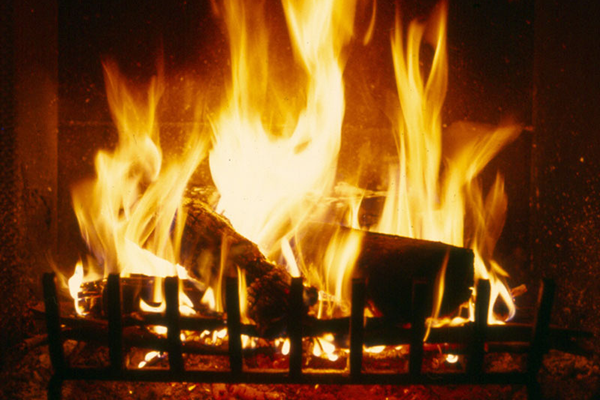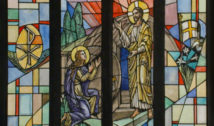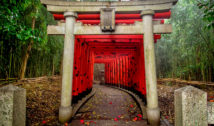
Winter Holiday Series: Winter Solstice (Yule)
- By Alison Lesley --
- 23 Dec 2013 --

Winter Solstice, also known as Yule, involves the two halves of the hemisphere trading light for dark and vice versa. The next morning, when the sun comes up, it shines a little longer than it previously did. Solstice night is one of the longest nights of the year and the rebirth of the sun is celebrated. Celebrations taking place on Solstice night involve celebrating the rebirth of the Giver of Life as well as the Oak and Sun Kings. The Giver of Life is celebrated for having unfrozen the Earth.
To celebrate this holiday, the Wiccan community lights bonfires and wassail trees, while using spiced cider to conduct toasts. Children taking part in the celebration are escorted in their neighborhood from house to house with gifts of oranges and clove-spiked apples. The fruits are placed in evergreen bough baskets and wheat stalks with a dusting of flour applied. The oranges and the apples are meant to represent the sun. The boughs are used to symbolize immortality, while the stalks of wheat represent the harvest. The flour sprinkled on the wheat represents light, life and triumph.
Homes are decorated, on the inside and out, with Ivy and Holly. This is done in the hopes that it will bring the Nature Spirits to the celebration. Wiccans keep a single sprig of Holly near the front door of their home all year long in order to invite good fortune to fall upon those living in the house. Mistletoe is also used as a decoration that represents the Divine seed.
The traditional Yule log that many families use on Christmas Eve and morning is derived from Pagan traditions. It is used by Wiccans as special fuel for the fireplace or as a decorative candle holder to mark the Winter Solstice.



















